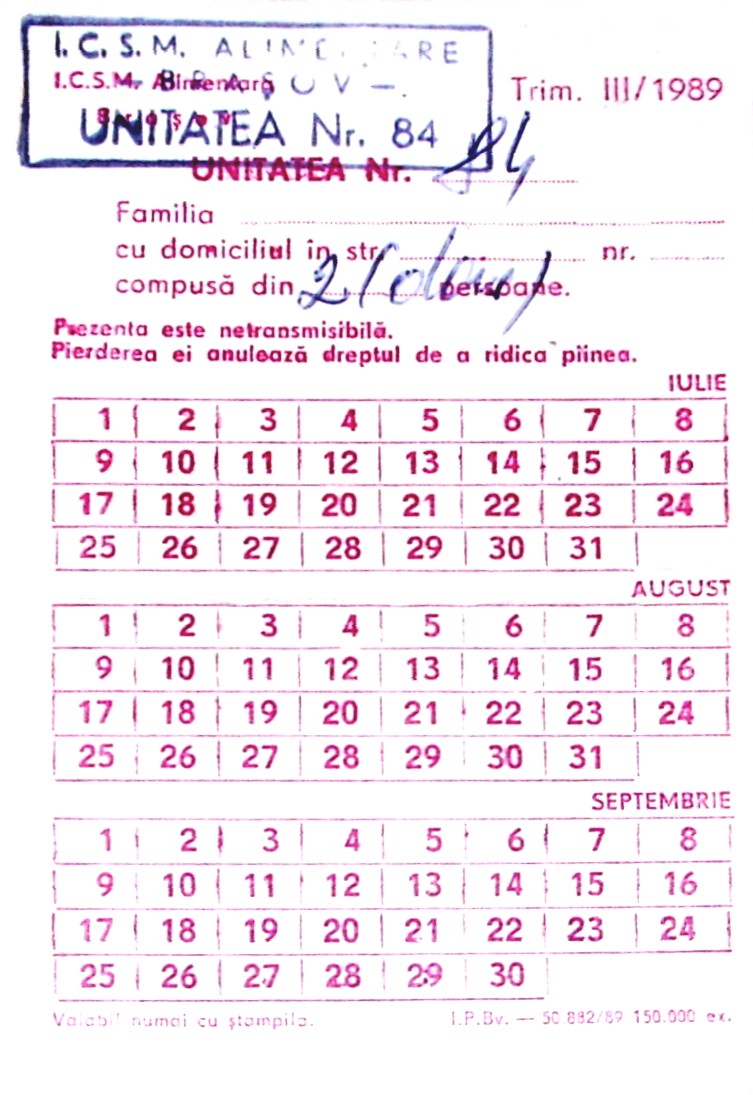
Rationing
Rationing is the controlled distribution of scarce resources, goods, services,[1] or an artificial restriction of demand. Rationing controls the size of the ration, which is one's allowed portion of the resources being distributed on a particular day or at a particular time. There are many forms of rationing, although rationing by price is most prevalent.[2]: 8–12
For the 1944 film, see Rationing (film). For the human activity of reasoning, see Rationality.
Rationing is often done to keep price below the market-clearing price determined by the process of supply and demand in an unfettered market. Thus, rationing can be complementary to price controls. An example of rationing in the face of rising prices took place in the various countries where there was rationing of gasoline during the 1973 energy crisis.
A reason for setting the price lower than would clear the market may be that there is a shortage, which would drive the market price very high. High prices, especially in the case of necessities, are undesirable with regard to those who cannot afford them. Traditionalist economists argue, however, that high prices act to reduce waste of the scarce resource while also providing incentive to produce more.
Rationing using ration stamps is only one kind of non-price rationing. For example, scarce products can be rationed using queues. This is seen, for example, at amusement parks, where one pays a price to get in and then need not pay any price to go on the rides. Similarly, in the absence of road pricing, access to roads is rationed in a first come, first served queueing process, leading to congestion.
Authorities which introduce rationing often have to deal with the rationed goods being sold illegally on the black market. Despite the fact that rationing systems are sometimes necessary as the only viable option for societies facing severe consumer goods shortages, they are usually extremely unpopular with the general public, as they enforce limits on individual consumption.[3][4][5]